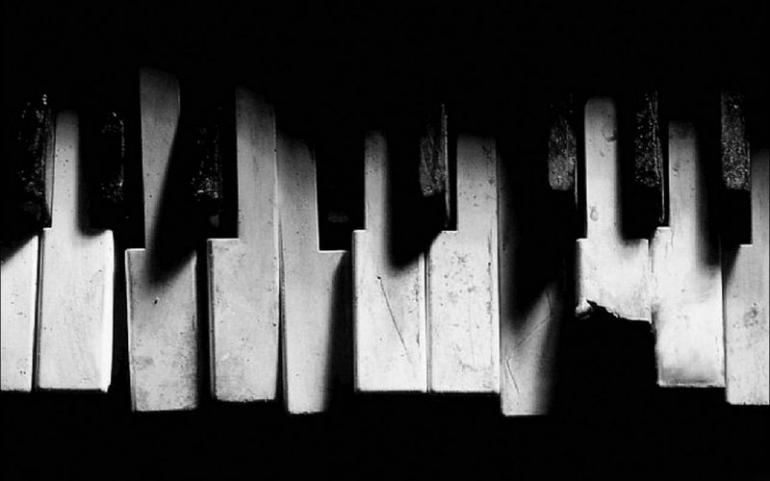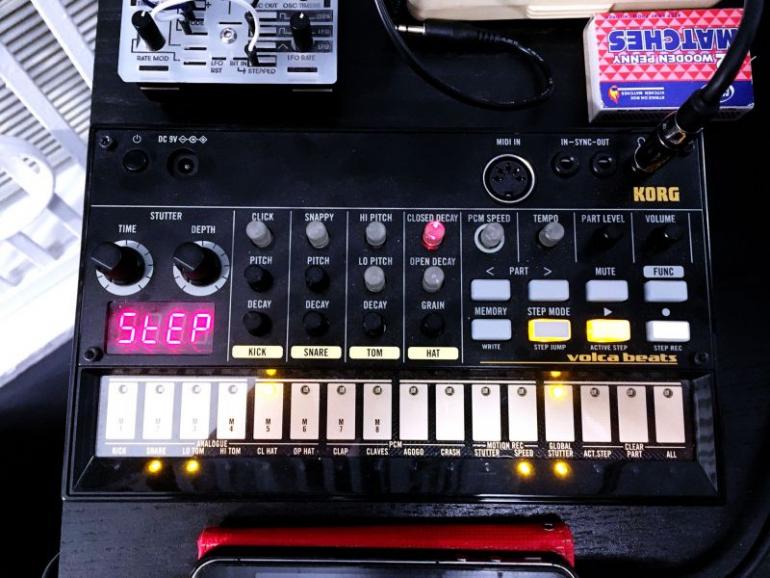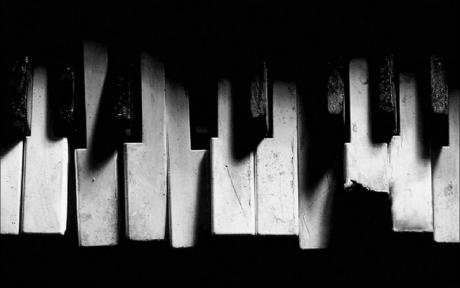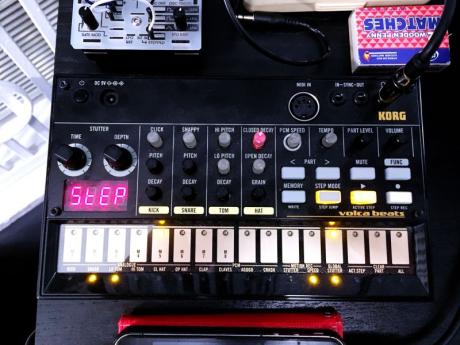Rockové klávesy - Programování bicích pro živé vystoupení
Welcome readers to another installment of rock keyboards! This month I wanted to speak a little about programming drum beats on a drum machine for live performance. Lately I’ve been performing in groups where I’m playing keys, bass, and beats so I wanted to give you a few tips about programming beats on the fly. For our examples, I’ll be using a Korg Volca Beats Drum Machine. The handy beat box is super easy to use,

inexpensive, and even runs on batteries! The sounds mimic the classic Roland 808 drum machine used by many great electronic music groups from Kraftwerk to Radio Head. Let’s dive in!
Get the 2 and 4 going
The first thing I like to do when programming beats is to get the snare sound. On the Volca Beats you can control the pitch, decay and snap of the snare. I usually like to keep the decay very short for funky cuts and longer for slower, down tempo grooves. I like to have the rhythm box in run mode all the time, so I hear music right away. Adjust the speed of the beat with the tempo knob. When using drum machines live, I like to use step mode, so I can quickly tap a part in. As the machine is running, I will just select which step I want the instrument to sound on. Look at Image 1. You will see 16 “steps” which correspond to 16th notes in one measure of 4/4 time. As you can see our snare is on beats 2 and 4 corresponding to steps 5 and 13. I’ve enclosed a short video link so you can see the different snare sounds we can get with the pitch, snap, and decay controls.
It’s all about the bass
The bass drum has similar controls to the snare. Here we’ve chosen a short high pitched bass drum with a pretty syncopated pattern. The great thing about this machine is that you can generate rhythms very quickly by touching a few places on the ribbon step controller. On Image 2 you can see how the grid looks for our part. The bass drum sounds on beat 1, the last 16th of beat 2 or step 8, and the middle two 16th notes of beat 3 or steps 10 and 11. Check out the video link to see how the bass drum sounds.
You can leave your hat on
After I have the bass drum and snare, I’ll add some hi hats. At the same time, I also like to program a ride cymbal pattern, so I can have a slightly different color when I get to a chorus or bridge of a song. In live performance, I will mute and unmute the hi hat and cymbal in different song sections to give my beat some color. I've enclosed a video of how easy it is to switch from hi hats to cymbal.
Stutter and extreme pitching
Many drum machines, including the Volca Beats, have an interesting stutter function which is really a delay effect that can be used to create interesting drum fills. The Stutter control knobs on the Volca Beats are for time and depth. The time control is used to specify subdivision of the beats. I really like the triplet setting. I will often find a subdivision I like and as I'm playing live, I will turn the depth knob quickly up and down to create drum fills. One last cool thing; There are a few more interesting drum sounds on the box like Agogo and Clave, I will often pitch these way down to get spaced out effects. Check out the video link to see these features in effect.

Snap: Slovo, které se ve zvukovém kontextu používá pro zvuky s výrazným „atakem“. U Korg Volca Beats, který zmiňuje ve článku Brian, je efekt parametru snappy podobný, jako kdybyste ve zvuku malého bubnu zesílili zvuk struníku. Samozřejmě se jedná o pouhou aproximaci, protože ten šum, který se na chvíli u podobného automatického bubeníka ozve, je podobný skutečnému struníku asi tolik, jako úder do plechovky od piva kostelnímu zvonu.
Decay: Rychlost, s jakou zvuk odeznívá či slábne po úvodním „náběhu“. Vysoká hodnota parametru decay má za následek, že trvá dlouho, než zvuk zcela odezní.
Subdivision: De facto nejjemnější rytmické dělení v daném hudebním motivu. Zjednodušeně řečeno, jakou délku má nejkratší nota. Často se také s tímto pojmem setkáme u efektů modulačních či delay, u kterých vyjadřuje vztah mezi rytmem písně (či klepáním nohou při použití funkce tap tempo) a výslednou rychlostí efektu. To se hodí mimo jiné ve chvíli, kdy chceme nohou „tapovat“ čtvrtiny tak, aby se výsledné echo ozvalo v rytmu například šestnáctin.
Pattern: Tento pojem zná snad každý, kdo alespoň přičichl k bicím nástrojům. Jedná se vlastně o základní jednotku rytmu, tedy úsek, který se periodicky opakuje. Lze jej vnímat jako rytmický ekvivalent riffu.




